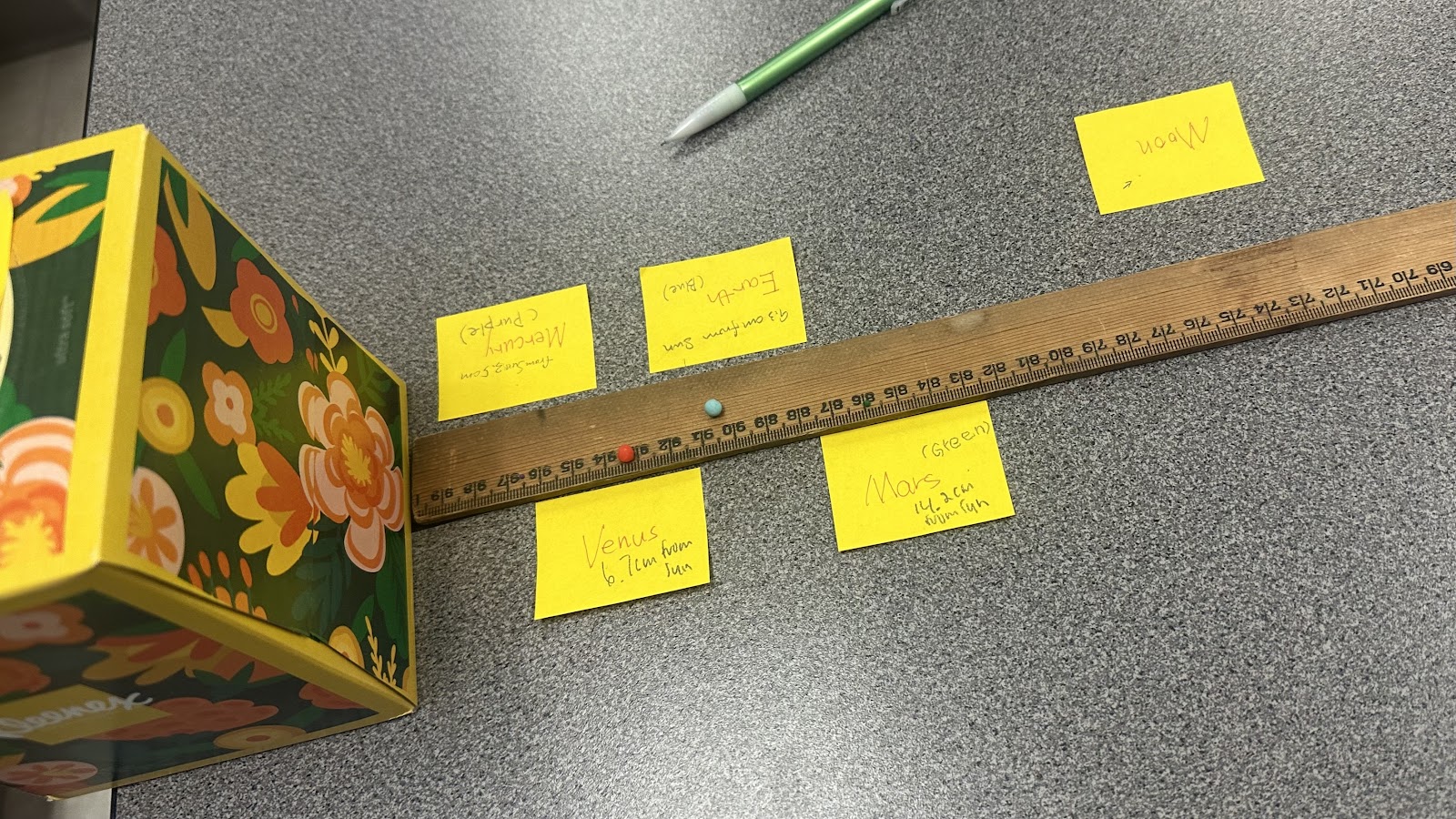Week 9 Blog Post
Lab Notes : Creating a timeline. We also looked at the earth viewer simulator. We came across 5 different time period events. One of them that really stood out to me was the Permian Extinction this one happened 251 million years ago. I also found the snowball earth glaciation to be interesting which took place 715 million years ago. This is what spread ice around the globe and I found that fascinating. Lecture : We took the space quiz in lecture! Textbook: I thought reading about the space race was very interesting information as it also went into things extensively on also how the full process worked. I learned about when this was all kicked off and what the timeline entailed. I thought it was very helpful seeing the timeline and dates laid out for what year all events occured. I would like more information on what people did to educate peers that were confused or struggling on topics.
